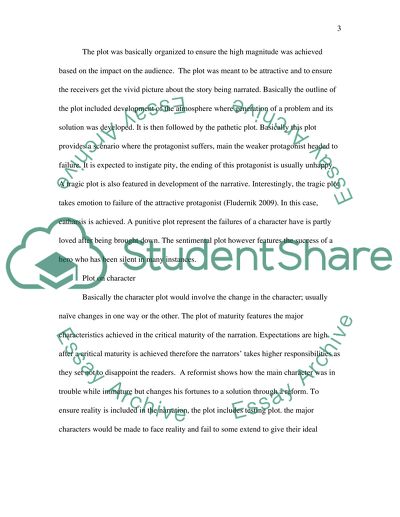Cite this document
(“Critical Perspectives for Literature, Criticism and Culture Essay”, n.d.)
Retrieved from https://studentshare.org/literature/1398132-critical-perspectives-for-literature-criticism-and-culture
Retrieved from https://studentshare.org/literature/1398132-critical-perspectives-for-literature-criticism-and-culture
(Critical Perspectives for Literature, Criticism and Culture Essay)
https://studentshare.org/literature/1398132-critical-perspectives-for-literature-criticism-and-culture.
https://studentshare.org/literature/1398132-critical-perspectives-for-literature-criticism-and-culture.
“Critical Perspectives for Literature, Criticism and Culture Essay”, n.d. https://studentshare.org/literature/1398132-critical-perspectives-for-literature-criticism-and-culture.


